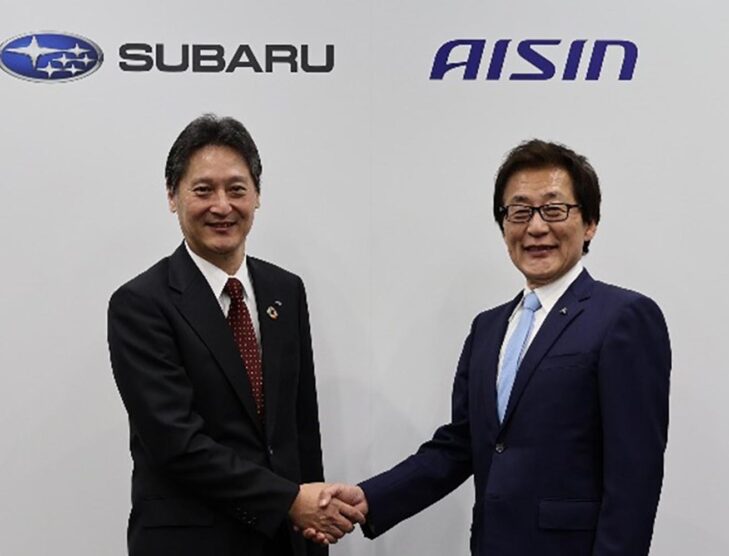
SUBARU and AISIN join forces to develop eAxles for future electric vehicles
In a significant move towards the electrification of the automotive industry, SUBARU CORPORATION, based in Tokyo, Japan, and AISIN CORPORATION, headquartered in Kariya City, Aichi Prefecture, Japan, have announced a collaborative effort to develop and produce eAxles for battery electric vehicles (BEVs).
An eAxle is a drive unit that integrates the main components necessary to propel a vehicle that uses an electric motor as its main power source, such as BEVs, into an axle structure. It mainly consists of a gearbox, a motor, and an inverter.
This partnership marks a pivotal step for SUBARU as it gears up to launch its next generation of BEVs in the latter half of the 2020s, leveraging the combined expertise of both companies in vehicle and transmission technology.
The collaboration is set to focus on creating eAxles that are not only highly efficient but also lightweight and compact, aiming to meet a wide range of performance criteria tailored to customer usage scenarios. As the automotive industry undergoes a transformative shift towards vehicle electrification, SUBARU and AISIN are also exploring the most effective parts suppliers and production strategies to adapt to and sustain the evolving supply chain landscape.
In alignment with its roadmap to achieve carbon neutrality by 2050, SUBARU is intensifying its efforts towards vehicle electrification. Similarly, AISIN is committed to contributing to a carbon-neutral society through innovations in both its production processes and products. The development of the eAxle, a critical component for electric vehicles that integrates a gearbox, motor, and inverter into a single axle unit, is a top priority for AISIN, with the company focusing on enhancing efficiency and reducing size.
This partnership between SUBARU and AISIN is not just about advancing technology; it’s about shaping the future of transportation in a way that is more sustainable and environmentally friendly. By combining their strengths, the two companies aim to deliver unique, high-value products and technologies that will play a crucial role in the development of an electrified society.









